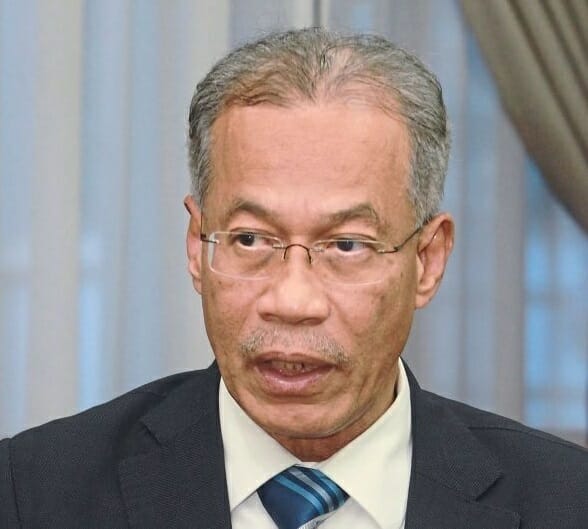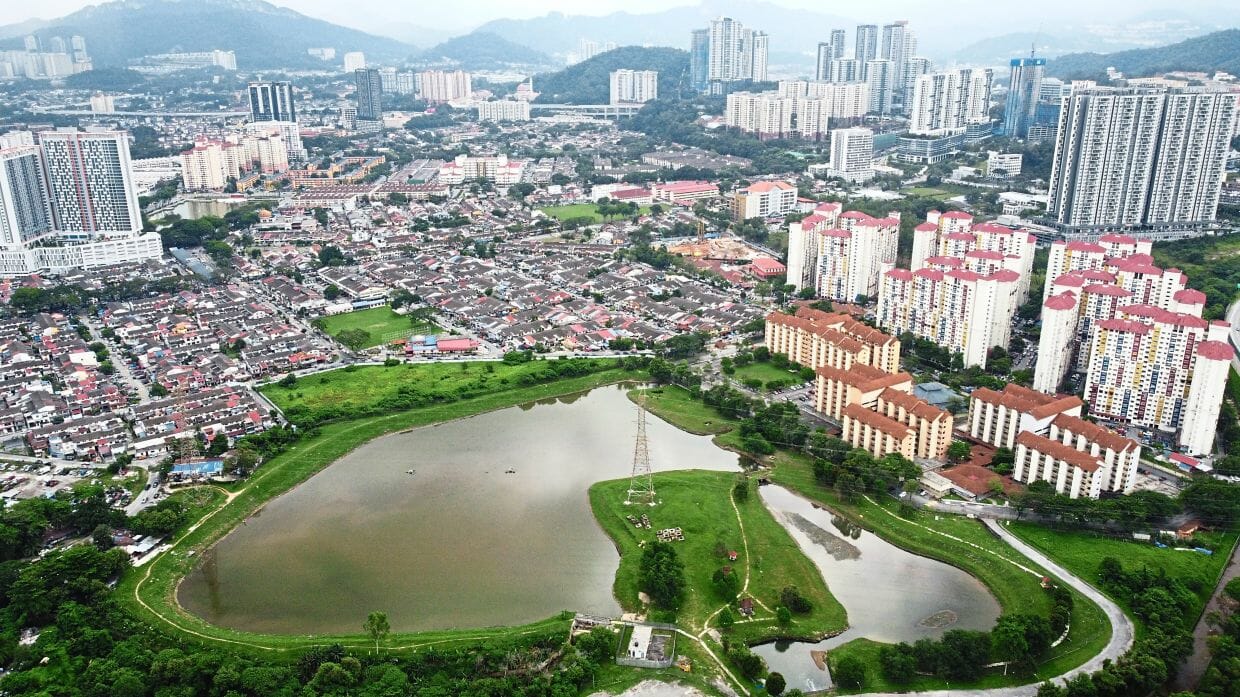By Ko Chuan Zhen, Group CEO, Plus Xnergy Holding Sdn Bhd
In the past 30 years, Malaysia has successfully diversified its energy structure. Yet despite this progress, Malaysia’s energy policy requires a greater share of sustainable energy. Encouragingly, just this week, Kuala Lumpur Mayor Datuk Seri Mahadi Che Ngah, imposed a 30 percent compulsory reliance on renewable energy (RE) for future commercial and residential developments in Kuala Lumpur. His statement mentions economic, social, and environmental motivations, in driving this move.
I applaud this bold stand and have much admiration as he has used his authority towards a pressing need, championing sustainable development and the wellbeing of the people.
The Reality of Malaysia’s RE Goals
The national RE goal set at 31 percent by 2025 is ambitious, as the latest projections by The Energy Commission targets only 17%17 percent by the end of 2021. We are only halfway there, with only three years remaining.
In spite of 1.63GW in Large Scale Solar (LSS) projects awarded by the Energy Commission thus far, further reiterations are needed as solar remains the biggest driver of renewable energy in Malaysia, as stated by Kenanga Research recently.
Whilst the Net Energy Metering (NEM) and Green Investment Tax Allowance (GITA) government programs do stimulate the RE industry, more still needs to be done to close the gap.
Closing Energy Gaps With Visionary Leadership
Spearheading development in the nation’s capital, Datuk Seri Mahadi exemplifies forward-thinking leadership, set to influence others. What I find really striking is the major leap from zero to 30% RE reliance. He understands that to sustain our ever-growing energy demand, the development of renewable energy must grow in parallel.
Whilst property developers and commercial building owners in KL would be compelled, I personally wish that such a mandate becomes standard for all buildings in Malaysia.
Wangsa Maju Pilot Project – People’s Wellbeing a Priority
DBKL has rolled out a pilot project that aims to make Wangsa Maju, the first eco-conscious township in KL. This is a highly strategic move, given the township’s size, population and central location. It lends the project visibility and plays a defining role in influencing stakeholders and heightening awareness.
It is extremely encouraging to see that the mayor envisions the use of renewable energy as a means of improving public health. He revealed that the council spends RM76mil a year on electricity, and suggests that savings here is channelled towards building infrastructure and converting spaces to promote healthy living. With the pandemic affecting our quality of life, any effort that contributes to this end, must be applauded. I hope that other local councils will emulate his move towards such resource efficiency.
Solar Power Plays a Major Role in Green Agenda
It is encouraging to see a cohesive plan to install solar panels on public assets, schools, shopping centres, apartments as well as a solar farm in the area. These details demonstrate careful thought in executing his vision of a zero-carbon town.
We are excited that the mayor shares a similar vision with us at Plus Xnergy. We strive to educate and overcome reservations about solar. We have proven how solar installations are economically attractive; major plastics manufacturer Mah Sing Plastics was able to enjoy full return on investments (ROI) in 4 years, while Ajiya, a building solutions manufacturer, gained a monthly savings of RM50,000. We have also outfitted IKEA, for their Cheras, Penang, and Johor outlets, amongst various other buildings.
Whilst the cost of solar power has fallen dramatically, solar power generation remains variable and intermittent and battery storage options are still nascent. This has hastened our journey, at Plus Xnergy, to go beyond traditional solar, driving efforts towards an energy revolution which includes the decentralization, decarbonisation, and digitalisation of energy.
The future – Digitalisation
Additional savings in electricity can be realised with emerging technologies such as AIoT (artificial intelligence internet of things). We have developed an in-house energy performance management system (EPMS) called SOURCE. With this, solar adopters can further optimize energy usage, with up to 25 percent in savings. The mayor hopes to see a 50 percent cut in electricity costs and mentions plans to work with private companies. We would be happy to contribute in any way we can, with our experience, expertise and proven track record.
Success of Policy-Driven RE Strategies
RE driven policies have proven to be vastly successful in other countries. For example, in 2017, solar energy played no part in Vietnam’s energy strategy. By 2019, a policy-driven strategy enabled Vietnam to surpass other countries with the largest installed capacity of solar panels in Southeast Asia. Its national grid boasted 16.5GW in solar capacity by the end of 2020 – the world’s most active solar market. In comparison, Malaysia’s solar in operation is only 1.49GW.
It is apparent that good dynamic leadership in driving policy is key to ensuring that RE is a mainstream achievable agenda. Such a progressive stand in championing RE in the midst of present challenges is refreshing and gives us hope for a better future.











